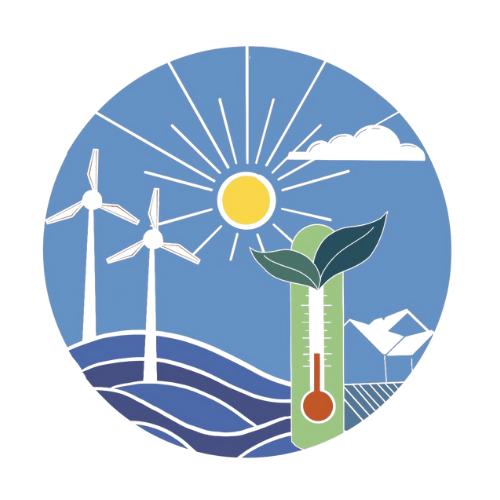Low-Income Disadvantaged Communties
The EPA requires that each greenhouse gas mitigation strategy we recommend include an analysis of the indirect and direct benefits to low-income and disadvantaged communities. Benefits analysis for Low-Income and Disadvantaged Communities (LIDACs) is central to creating a greenhouse gas mitigation plan that delivers maximum benefits while preventing possible harm. By identifying where LIDACs exist, we can craft mitigation strategies based on the challenges and opportunities within the given areas.
We have identified five LIDACs within our project region, including New Haven and neighboring towns like East Haven and West Haven, Derby and Ansonia, Meriden, and Waterbury. LIDACs identified through CJEST include about 195,000 people, nearly a quarter of New Haven County's population. Additionally, those within LIDACs earn a substantially lower income, with a median income of $34,000, compared to the median income of non-LIDAC regions of $76,000. Similarly, Black or African American and Hispanic and Latino populations make up a more significant percentage of the population of LIDAC areas compared to non-LIDAC extents. Housing affordability, unemployment, asthma rates, energy costs, and linguistic isolation were found to be the top five burdens facing our identified low-income and disadvantaged communities.
Where Are Vulnerable Communities?
To identify the vulnerable communities within New Haven County, our team utilized two significant tools: the Climate and Economic Justice Screening Tool, or CEJST, and the Environmental Justice Screen, or EJScreen. Created to identify low-income and disadvantaged communities for the Justice40 Initiative, CEJST operates on a census tract level. It maps communities that meet a threshold for low-income populations and are in the 90th percentile for at least one burden. The burdens can be in one or more of eight categories: climate change, energy, health, housing, legacy pollution, transportation, water and wastewater, and workforce development. Federally recognized tribal areas are automatically considered LIDACs by CEJST.
EJScreen is a tool the EPA uses to identify communities disproportionately affected by environmental burdens on a block group level. Indicators include income, race, environmental factors, such as cancer risk from air toxics, and additional factors, such as limited English speaking and low life expectancy. While CEJST operates at the census tract level, EJScreen captures smaller census block groups, allowing our team to identify vulnerable communities in non-LIDAC census tracts.





